Exploring the Beauty of Celtic Expressions and Symbols

Updated On: April 21, 2024 by Maha Yassin
The Celts were a hardy people who roamed the British Isles and Europe for centuries. They left behind a rich legacy of art, music, and language that continues to inspire us today. Celtic expressions are more than words; they are windows into the soul of a culture that values community, storytelling, and connection to the natural world.
This article will explore how Celtic expressions are still alive and well in the 21st century. Whether you are of Celtic descent or simply appreciate the beauty of this ancient culture, we invite you to join us on this journey through Celtic expressions. Along the way, we will discover a world of music, art, language, and stories that will stay with you long after the last page is turned.
A Brief History of the Celts
The Celts, a vibrant and fascinating people, left an indelible mark on European history. Their story, shrouded in mists of time, unfolds across centuries, leaving behind a rich tapestry of culture, language, and myth. Buckle up, for we’re about to embark on a journey through time to explore the captivating legacy of the Celts!
Pinpointing the exact origins of the Celts remains a challenge. However, archaeologists and linguists believe their roots lie in Central Europe around 1200 BCE. Here, a distinct culture emerged, using iron tools, a unique artistic style known as La Tène, and a common ancestral language: Proto-Celtic. Over time, Proto-Celtic diversified into various Celtic languages, forming the branches we know today —Gaelic, Brythonic, and Goidelic.
Celtic Warriors and Druids
The Celts were renowned for their fierce warrior culture. Skilled in ironworking and horsemanship, they wielded swords and spears with formidable prowess. Their bravery and fighting spirit are immortalised in tales of heroes like Cú Chulainn and Boudicca.
Roman Encounters and Cultural Fusion
The arrival of the Roman Empire marked a turning point for the Celts. Roman legions conquered vast swathes of Celtic territory, leaving an undeniable mark on their way of life. However, Celtic culture proved resilient. Roman influences blended with existing traditions, creating a unique Romano-Celtic hybrid.
Celtic Echoes in Today’s World
The Celtic spirit burns brightly even today. From the bagpipes of Scotland to the harp music of Ireland, the echoes of their melodies resonate across generations. Their languages are experiencing a revival, spoken by passionate communities and studied by eager scholars.
Exploring the history of the Celts is like embarking on a treasure hunt, unearthing fragments of a forgotten world. Their story is one of resilience, adaptation, and an enduring spirit that continues to captivate us centuries later. So, the next time you hear the haunting melody of a Celtic tune or witness the intricate beauty of a Celtic knot, remember the vibrant people who left this precious legacy behind.
Celtic Expressions and their Modern-day Usage
Though no longer a singular political entity, the Celts continue to enchant the world with their vibrant cultural tapestry. Though millennia have passed, their spirit lives on in the languages, music, and expressions that infuse everyday life in Celtic-influenced regions and beyond. Let’s dive into some of the most used Celtic expressions in the modern world and unlock their hidden meanings:
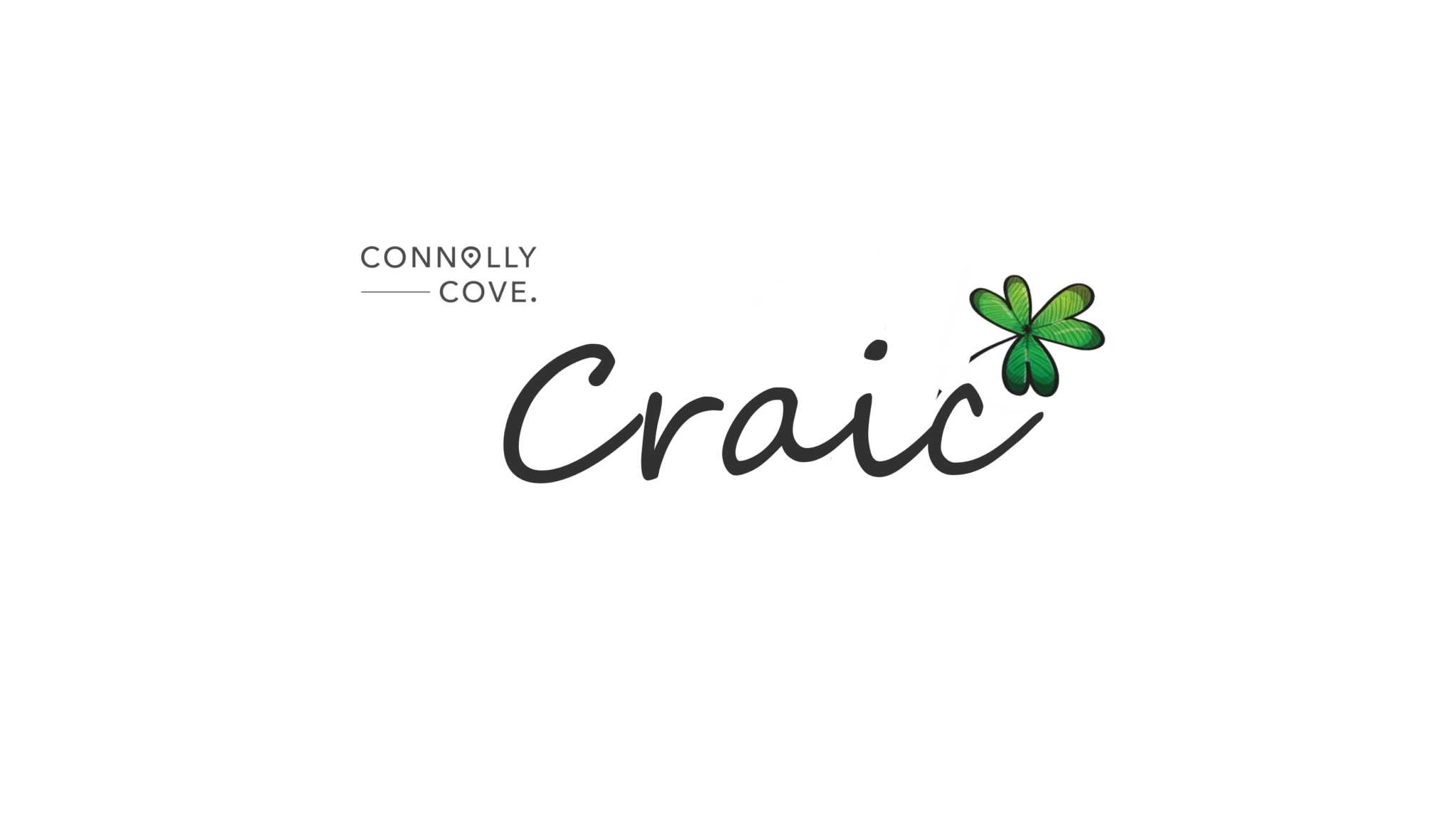
1. Craic (Irish Gaelic)
This ubiquitous Irish term transcends mere “fun” or “good time.” It encompasses lively conversation, shared laughter, and the warm camaraderie that binds communities. Imagine a crackling fire, upbeat music, and friends weaving tales —that’s the essence of craic.
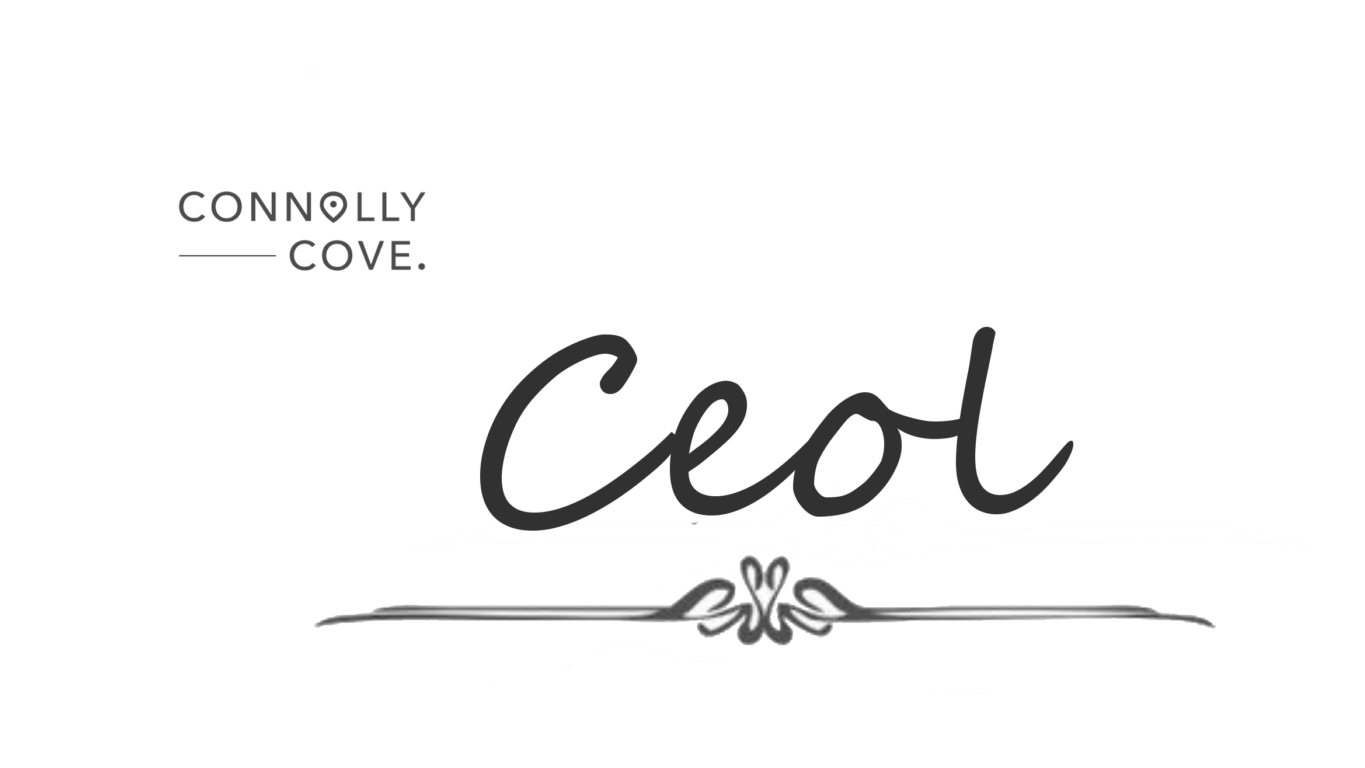
2. Ceol (Gaelic)
Music weaves the very fabric of Celtic culture. “Ceol” means “music,” but it carries a more profound weight. It’s the soul of storytelling, the rhythm of life, and the bridge between generations. From the haunting melodies of the pipes to the foot-stomping jigs, ceol resonates deeply within the Celtic spirit.
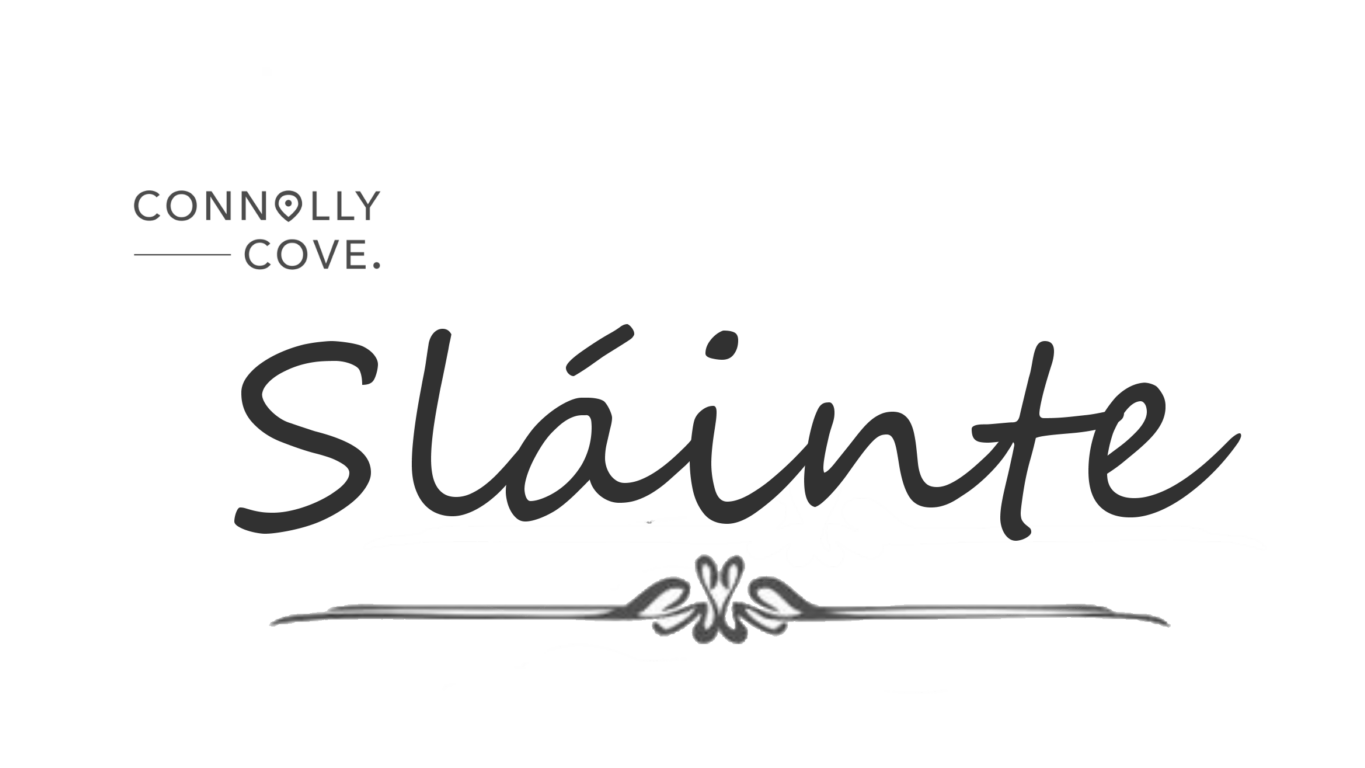
3. Sláinte (Irish Gaelic)
This toast holds more meaning than a simple “cheers.” “Sláinte” translates to “health,” but in a broader sense, it’s a wish for well-being, prosperity, and good fortune. Raising a glass with a hearty “Sláinte!” is a way to celebrate life’s blessings and connect with loved ones.
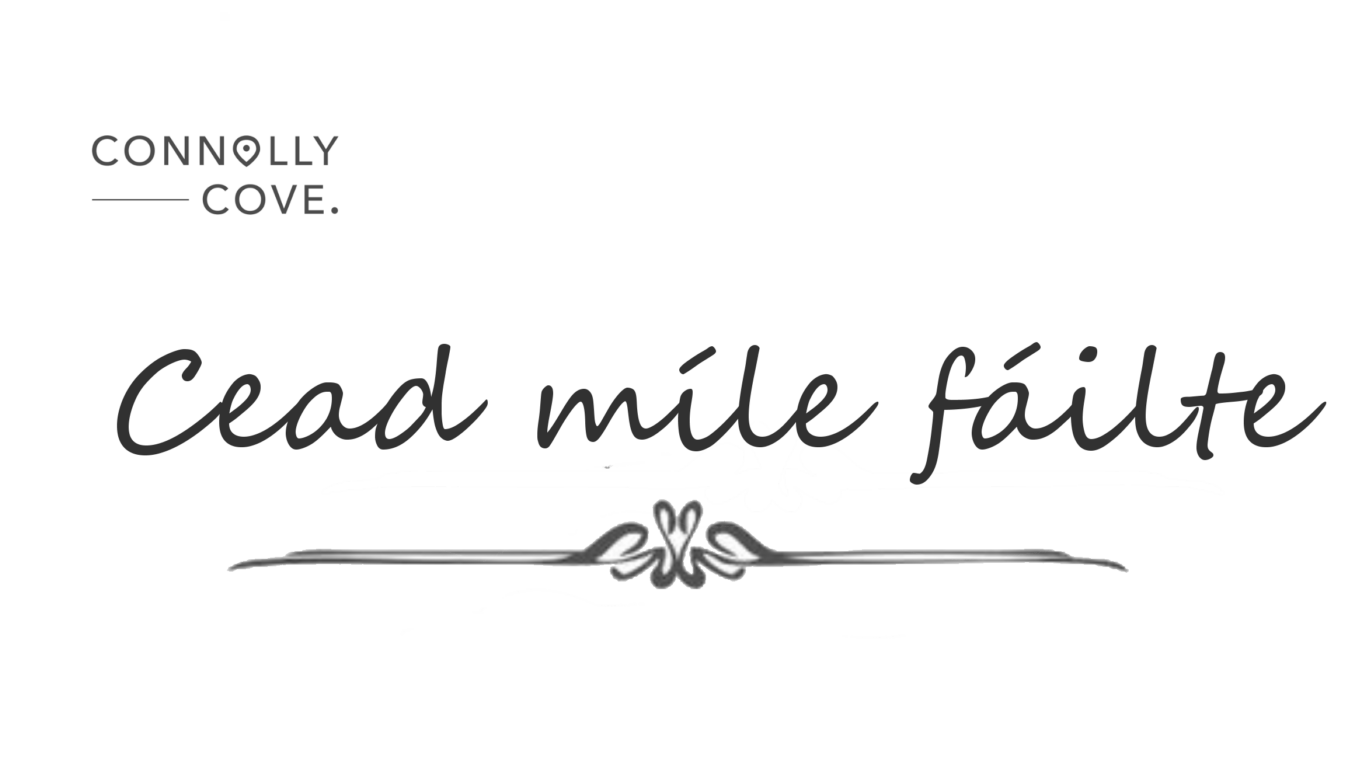
4. Cead míle fáilte (Irish Gaelic)
This warm phrase translates to “a hundred thousand welcomes.” It embodies the renowned Celtic hospitality, a genuine open-heartedness that makes visitors feel instantly at home. Whether inviting someone into your house or offering a friendly smile, “Cead míle fáilte” expresses the joy of connection and inclusivity.
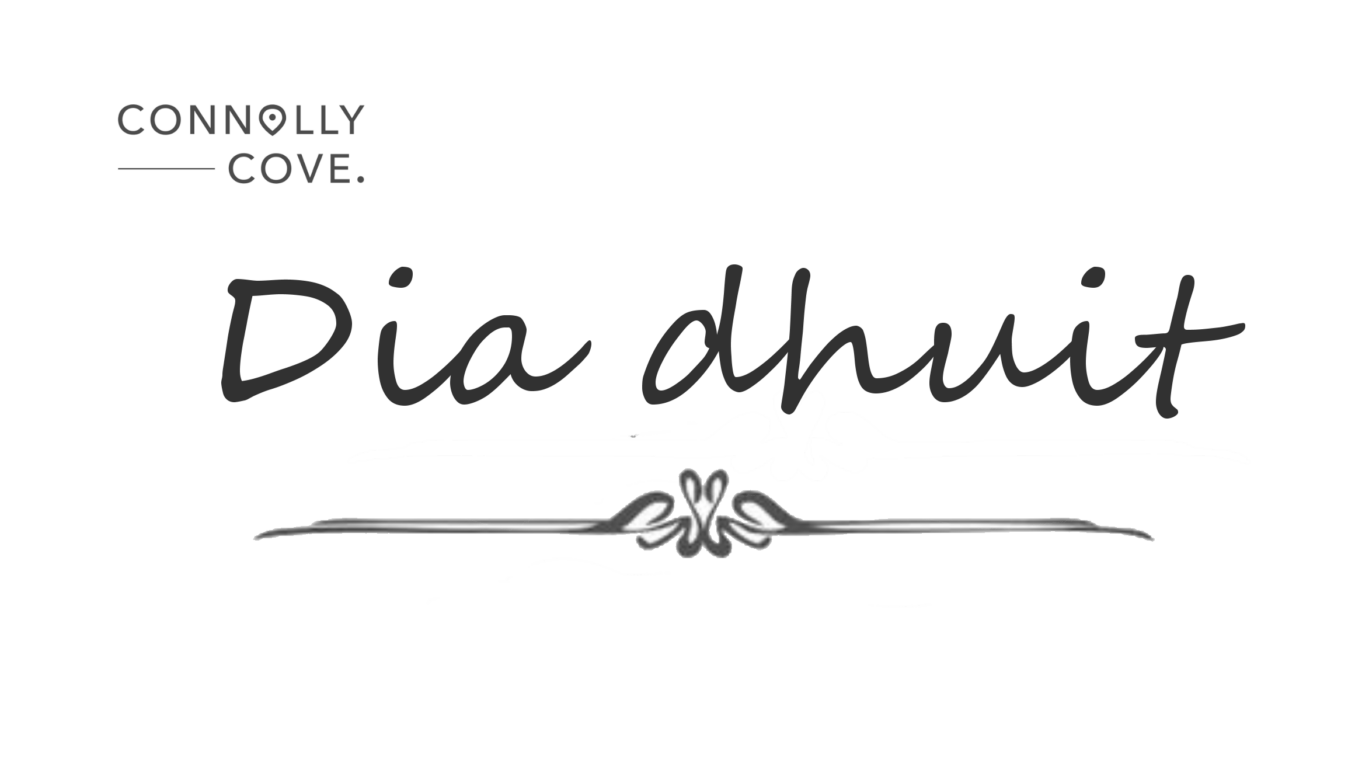
5. Dia dhuit (Irish Gaelic)
Meaning “God be with you,” this simple greeting encapsulates the Celtic reverence for the divine and the importance of community. It’s a way to acknowledge the shared human experience, offering blessings and hope for each other’s well-being.
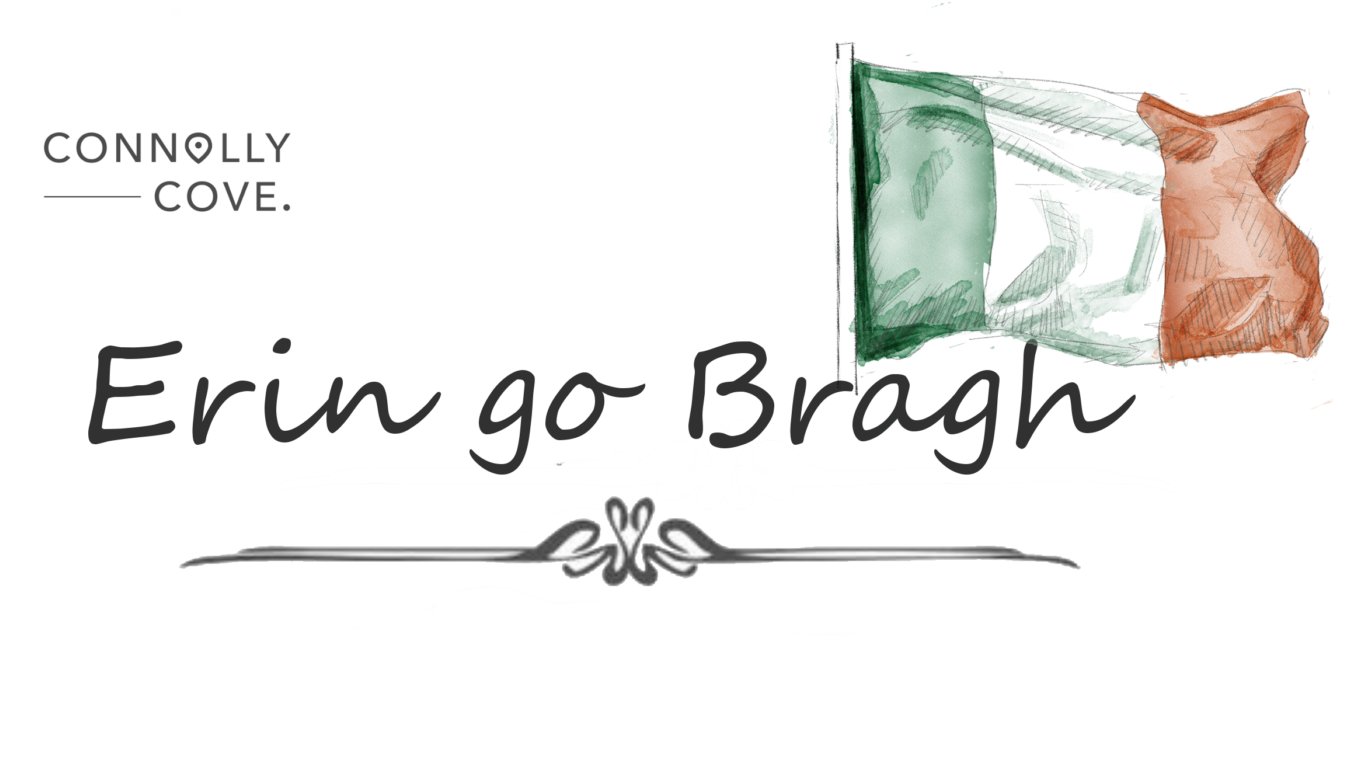
6. Erin go Bragh (Irish Gaelic)
This powerful phrase translates to “Ireland forever” but transcends mere patriotism. It embodies the unyielding spirit of the Irish people, their unwavering resilience in the face of adversity, and their fierce love for their homeland. Whether whispered in a quiet room or belted at a lively gathering, “Erin go Bragh” declares unwavering love and a rallying cry for cultural identity.
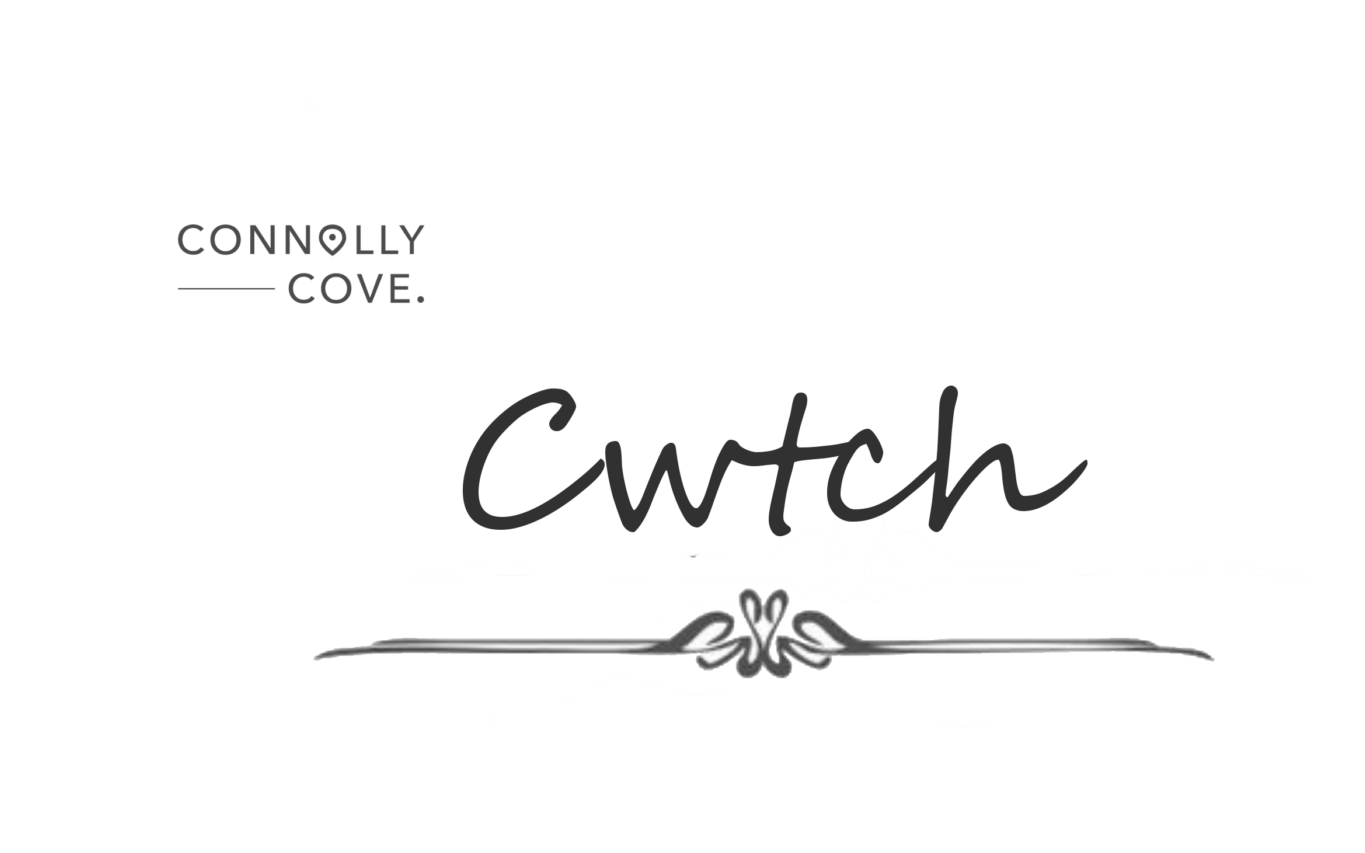
7. Cwtch (Welsh)
This cosy Welsh word describes a warm hug, but it’s more than just a physical embrace. It’s a haven of comfort, a safe space for solace and belonging. Imagine snuggling on a cold day, enveloped in the warmth of a loved one’s arms —that’s the comforting essence of a cwtch.
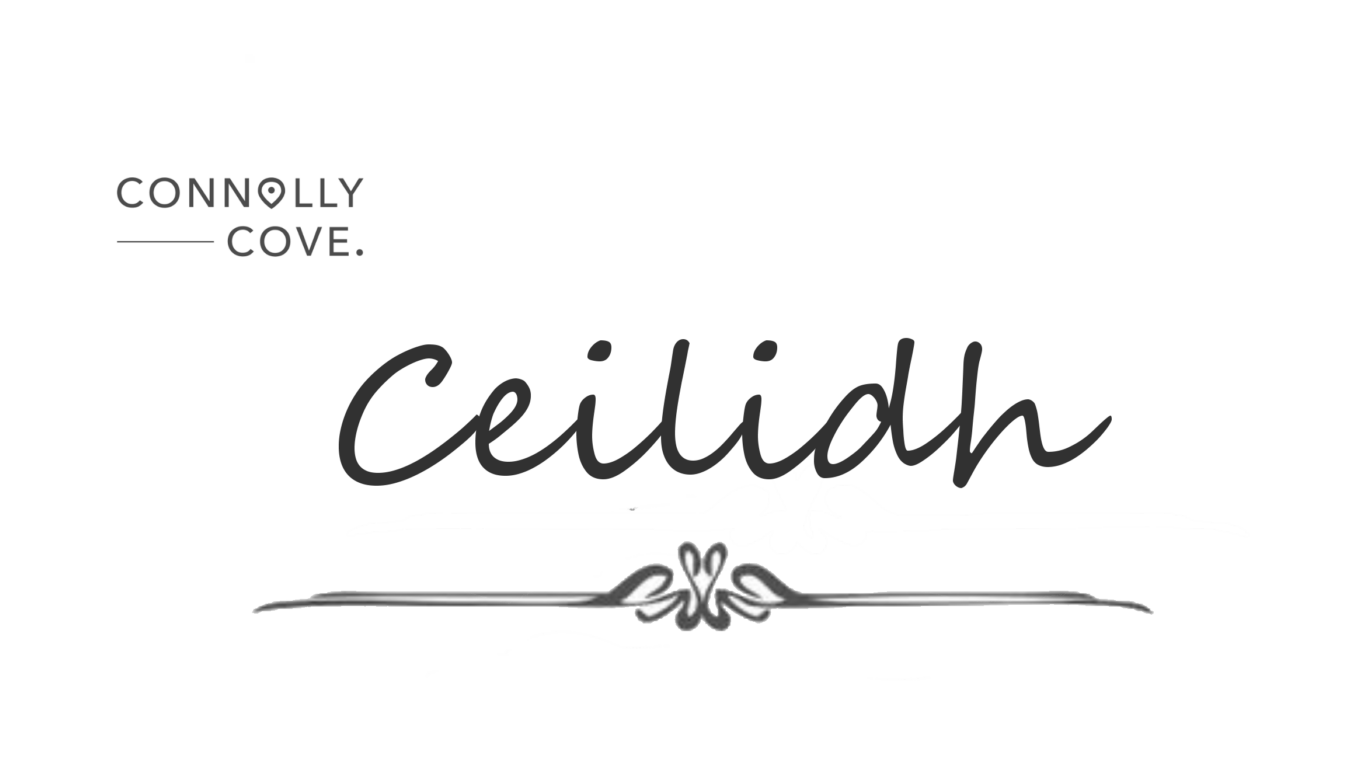
8. Ceilidh (Gaelic)
For the Celts, life danced to the rhythm of community. A ceilidh is a celebratory gathering fueled by lively music, shared stories, and joyful dancing. It’s a joyous blend of tradition and improvisation, where strangers become friends, and everyone joins the merry whirl. Whether waltzing to jigs or clapping along to reels, a ceilidh celebrates life.
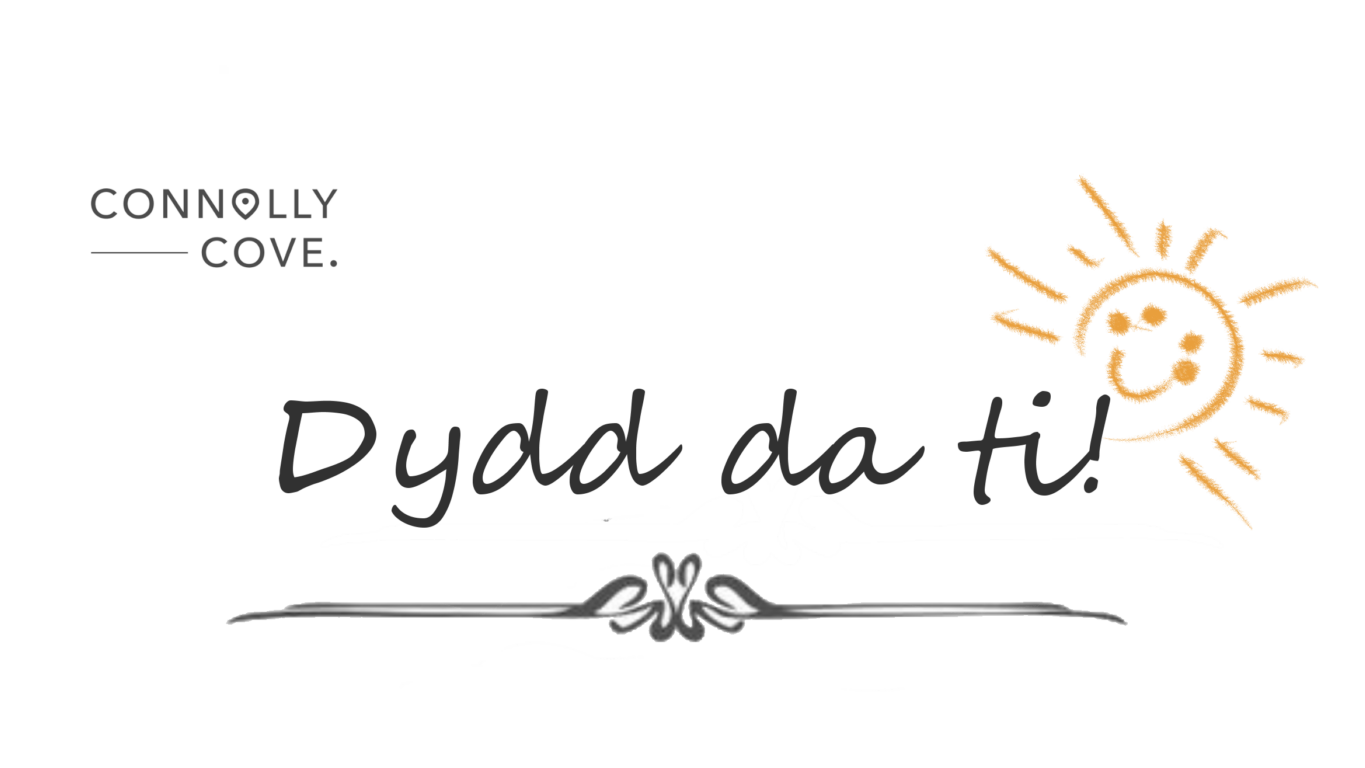
9. Dydd da ti! (Welsh)
This cheerful Welsh greeting translates to “Good day to you!” but embodies much more. It’s a warm acknowledgement, a friendly gesture of kindness that brightens your day. Think of it as a ray of sunshine breaking through the clouds, a simple yet meaningful way to connect with fellow humans.
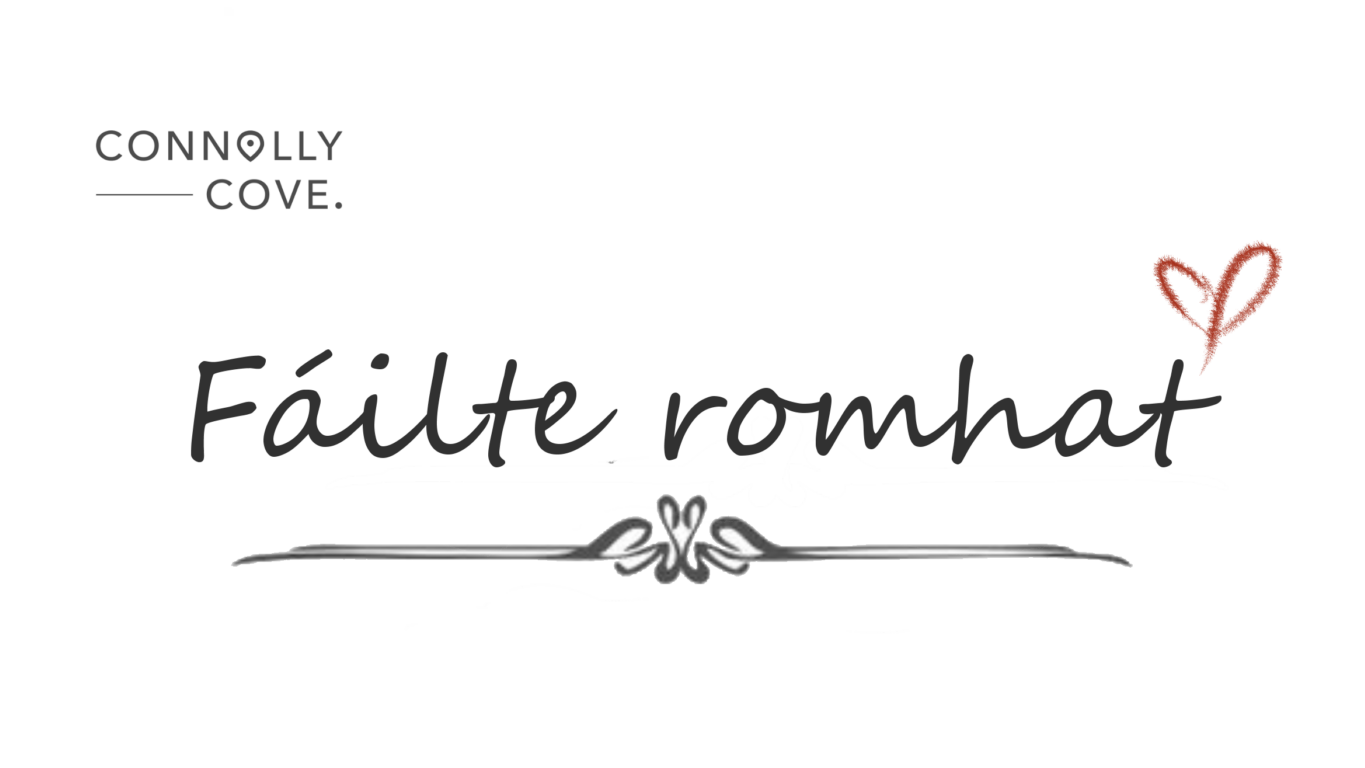
10. Fáilte romhat (Irish Gaelic)
While “Cead míle fáilte” welcomes a multitude, “Fáilte romhat” extends a personal invitation. It means “welcome to you,” expressing genuine enthusiasm for someone’s presence. Imagine a warm smile, open arms, and sincere offering of your space and company. “Fáilte romhat” is a way to make someone feel seen and valued.
Celtic Symbols and Folklore
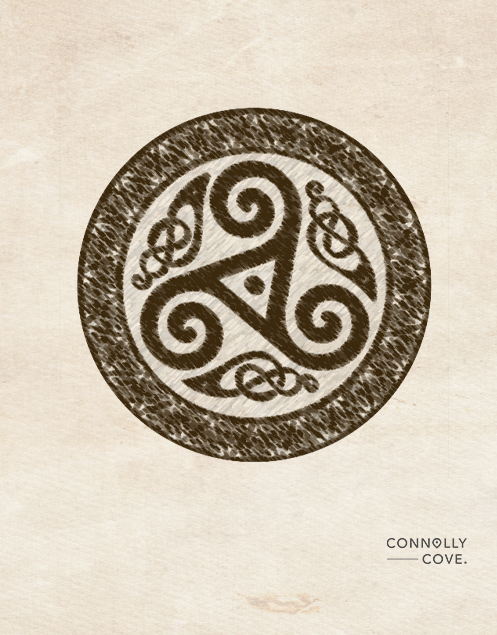
Celtic symbols and folklore are an integral part of Irish culture and heritage. The intricate designs and profound symbolism of Celtic art, such as the Triskelion symbol, reflect themes of eternal life, spiritual growth, and the interconnectedness of nature.
In Celtic mythology, animism is a belief that everything in nature has a spirit and consciousness. This reverence for nature is reflected in Celtic folklore, which emphasises humility and simplicity in creating a beautiful world.
Exploring Celtic symbols allows us to delve deeper into their rich cultural history while appreciating the beauty of their artwork and the wisdom conveyed through their folktales.
Exploring the Meaning of Celtic Expressions
In this section, we will delve deeper into the rich meaning of Gaelic phrases, uncover the significance behind Celtic symbols, and emphasise the importance of preserving traditional sayings and blessings.
Deepening our Understanding of Gaelic Phrases
The beauty of Celtic expressions lies in their poetic and meaningful nature. For example, in Gaelic translations, we can uncover inspiring messages like “Go n-éirí an bóthar leat,” which means “May the road rise with you.” This phrase reflects the Irish belief in wishing good fortune on someone’s journey through life.
Another famous Irish saying is “Is fearr Gaeilge briste, ná Béarla clíste,” which translates to “Broken Irish is better than clever English.” This highlights the importance of preserving the Irish language and embracing one’s cultural heritage.
Uncovering the Significance of Celtic Symbols
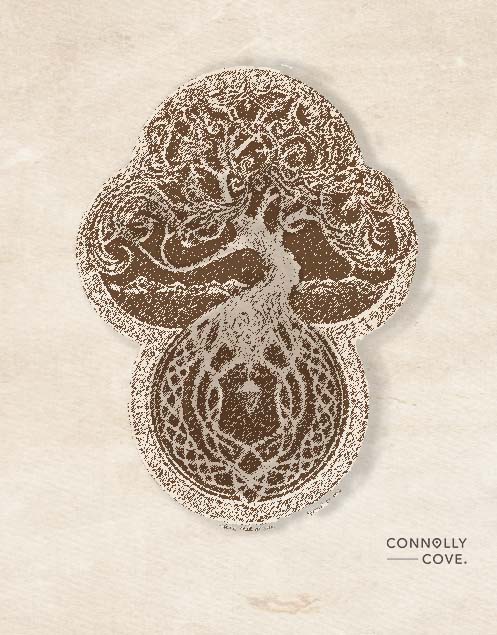
Celtic symbols hold deep meaning and significance in Irish culture and history. These symbols go beyond mere decoration; they carry profound spiritual and cultural messages. One of the most well-known Celtic symbols is the Triskelion, which represents eternal life, spiritual growth, and the interconnectedness of nature. This symbol’s intricate design reflects the ancient Celts’ belief in unity, continuity, and balance.
Another important aspect of Celtic symbolism is animism, a belief that all things in nature possess a spirit and consciousness that connects everything. This belief shaped the Celtic lifestyle, emphasising reverence for nature and understanding our place within the natural world.
The Importance of Preserving Traditional Sayings and Blessings
Preserving traditional sayings and blessings is crucial because it keeps the wisdom and values of our ancestors alive. These expressions hold deep meanings that reflect the Celtic people’s culture, history, and spirituality.
By preserving them, we honour their heritage and ensure that future generations can learn from their wisdom. Traditional sayings and blessings give us insight into Celtic customs, beliefs, and ways of life.
They connect us to our roots and remind us of humility, respect for nature, and interconnectedness with all living beings. Preserving these expressions helps maintain Celtic culture’s richness for everyone to appreciate and learn from.
In conclusion, exploring the meaning and beauty of Celtic expressions allows us to delve deeper into the Irish people’s rich cultural and spiritual heritage. From Gaelic phrases and traditional sayings to Celtic symbols and folklore, these expressions offer insights into their interconnectedness with nature and life cycles. By appreciating their beauty and contemplating their significance, we can better appreciate the natural world around us. So, let’s embrace this opportunity to explore the enchanting world of Celtic expressions.
FAQs
What are the most common Celtic languages spoken today?
While their reach once spanned vast swathes of Europe, the Celtic language family faces challenges today. However, vibrant communities keep these tongues alive. The most common Celtic languages spoken today include Irish Gaelic, Scottish Gaelic, Welsh, and Breton.
Are there cultural landmines to avoid when using these expressions?
Celtic cultures welcome you with open arms, but a touch of respect goes a long way. Try your best with pronunciation, mind the context and tone, and remember, when unsure, ask! A respectful approach opens doors to deeper connections and richer experiences.
Can Celtic languages understand each other?
While some similarities exist, speaking one Celtic language won’t magically grant you an understanding of all the others. Think of them as cousins who share family traits but don’t necessarily speak the same language.
What countries are Celtic?
The six regions widely considered Celtic countries in modern times are Brittany (Breizh), Cornwall (Kernow), Ireland (Éire), the Isle of Man (Mannin, or Ellan Vannin), Scotland (Alba), and Wales (Cymru).






